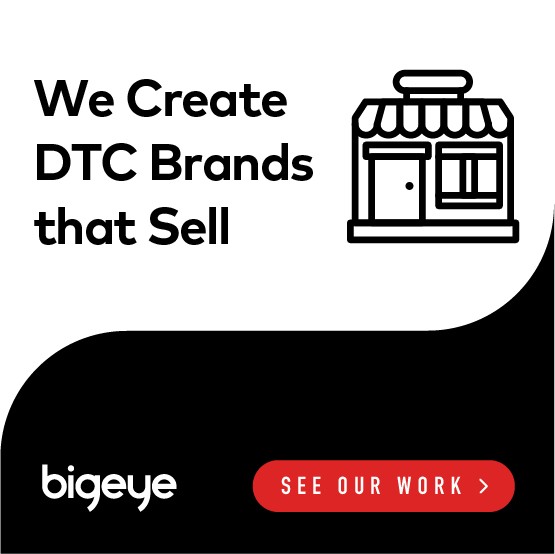
You may think that you already know your target marketing audience, but without persona development, you may be shooting in the dark.
It’s marketing 101: The first step to effective branding and advertising is knowing your audience. And there is no better way to fully understand your audience than a well-crafted buyer persona.
Forbes Magazine Councils Member and contributing writer Jon Simpson defines buyer personas as “semi-fictional characters that personify your ideal customer” and called them “imperative to having accurate audience insights.”
Many business leaders deem the development of buyer personas superfluous, overconfident in their natural ability to connect with existing and prospective customers. But without comprehensive and effective persona development, critical misjudgments can easily occur. And these misjudgments can make the ultimate difference between success and failure.
The benefits of persona development
It is essential for brand strategy experts and content marketers to draft and refine effective buyer personas. No matter how busy they happen to be and how anxious they are to get on to the content creation stages of marketing campaign development process, they absolutely must make time for this key preparatory measure.
Persona development gives direction and focus to all of your marketing efforts by providing a single audience template that everyone in your organization can use when developing overall marketing strategy and spearheading specific advertising efforts. As the independent content marketing resource Content Marketing Institute puts it, “Documenting your personas, even if done quickly, is key to keeping everybody focused on the same audience.”

Persona development is particularly useful for companies with multiple stakeholders and/or team members who hold decidedly different opinions when it comes to marketing and branding strategies. By determining buyer personas that epitomize target audiences as a whole, companies can not only structure a unified marketing vision, but make all narratives involving company brand and products/services far more compelling, memorable, and ultimately effective.
From your official website and social media pages to your traditional and digital advertising efforts, all elements of your marketing outreach can (and probably will be) refined and optimized to meet the specific wants and needs of your audience as you identify them. However, by creating clearly defined buyer personas ahead of time, you can avoid the tremendous amount of time and monetary expense that go hand in hand with major redesign and redevelopment.
How to develop an effective buyer persona
Although even a rudimentary buyer persona is better than no buyer persona at all, it goes without saying that putting more forethought and care into the persona development process will inevitably yield better results. For this reason, organizations that are serious about marketing and branding success typically employ the help of a specialized persona development agency when engaging in this process.
The Content Marketing Institute breaks the development of an effective buyer persona into five practical steps. Keep in mind that each of these steps is an involved process in and of itself, requiring significant data gathering and analysis using modalities that range from general market research to customer/prospective customer interviews and surveys.
Step 1: Visualize the ideal customer.
Through extensive research, analysis, and projection, develop a single fictional customer who represents your target audience as a whole. For optimum results, go far beyond basic demographics such as gender and income level to examine the details of this customer’s professional and personal life.
Step 2: Consider the customer’s applicable wants and needs.
What are the common objectives and responsibilities of your ideal customer? What obstacles might stand in his or her way?
Step 3: Characterize that customer’s role in relation to the purchase of products and/or services.
What form does your ideal customer’s buying process take? What questions is that customer likely to ask before making a purchase?
Step 4: Consider the customer’s communication preferences.
What media channels does your ideal customer use on a regular basis? Where does he or she go to get information?
Step 5: Marry your buyer persona insights to your strategic company goals.
A great way to do this is to craft one or more engagement scenarios that take buyer personas through various prospective consumer interactions with your company.
For more information
If you want to learn more about the benefits of persona development and/or get professional assistance with the persona development process, contact a skilled and knowledgeable representative of Bigeye today. If you are looking for a persona development agency with a vision, we’d love to show you what we have to offer.


